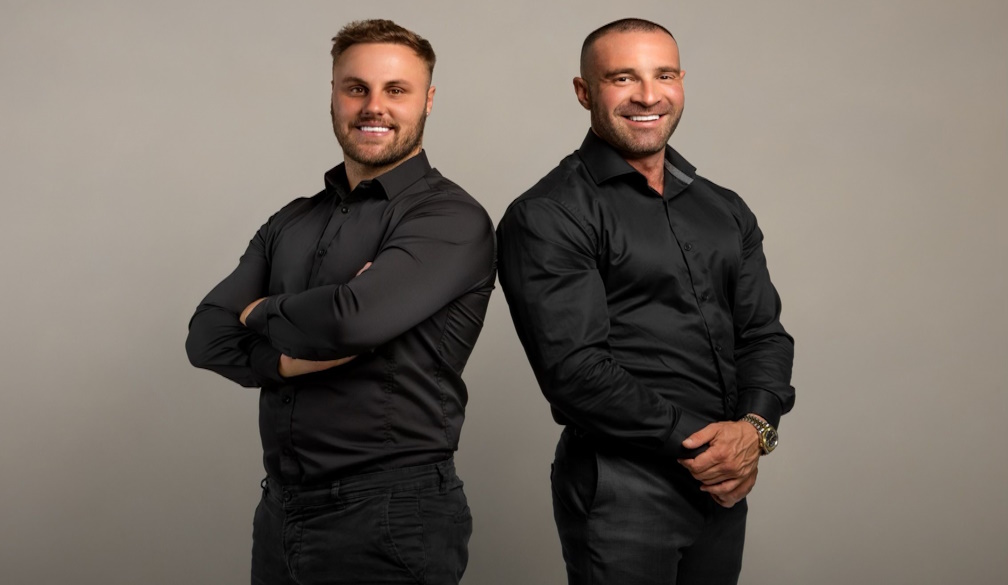Workplace diversity training programs are everywhere, but their effectiveness varies widely
- Written by Yekaterina Bezrukova, Associate Professor Organization and Human Resources, University at Buffalo

Despite recent efforts to restrict them, diversity training programs have become as ubiquitous in American offices[1] as the water cooler. They’re everywhere.
But our recent update on the state of diversity training research[2] confirms that these programs have different levels of effectiveness and widely varying results.
In our prior work[3], published in 2016, we found that diversity training programs strive to foster understanding and appreciation of differences among people. This message, however, was often misunderstood or overlooked in American workplaces.
Alarmed by growing polarization and unequal treatment that have become serious public and social concerns in America and abroad, we updated our prior findings to see what has changed.
We did so because these divisions contribute to toxic relationships[4], dysfunctional organizations[5] and fragmented societies — the same things diversity training is supposed to address.
Some of the research we studied found that diversity training had a limited positive impact on workplace demographics[6]. And in some cases, these programs also created resistance and backlash[7].
Often, underperforming programs focus exclusively on a specific marginalized group — African Americans or the LGBTQ+ community, for example — rather than educating people about the value of our differences.
Effective programs, in this sense, are measured by participants’ cognitive learning and affective learning, or how they perceive others. Behavioral learning — how well participants interact with different people — represents another standard of success.
In our study, other underachieving programs struggled to get participants to change how they judge people who are different. Most of these programs were online or conducted over a brief period of time.
On the other hand, diversity training programs that had better results often implemented skills training and role-playing. These include role-playing simulations of business negotiations. They also featured conflict management courses where participants interact with diverse counterparts.
Some of these programs also emphasize training earlier in grade school, before people enter the workforce. These programs include, for example, activities like playing soccer with kids from varying ethnic backgrounds.
Successful programs were also more effective when they formed part of a broader, ongoing company effort against intolerance. Positive examples include retention and recruitment efforts[8], affinity clubs and mentorship programs.
The research on some of these successful programs showed that diversity training led to better productivity and organizational commitment. They also resulted in less harassment.
References
- ^ ubiquitous in American offices (hbr.org)
- ^ the state of diversity training research (www.sciencedirect.com)
- ^ our prior work (doi.org)
- ^ toxic relationships (theconversation.com)
- ^ dysfunctional organizations (theconversation.com)
- ^ workplace demographics (theconversation.com)
- ^ created resistance and backlash (theconversation.com)
- ^ recruitment efforts (theconversation.com)







